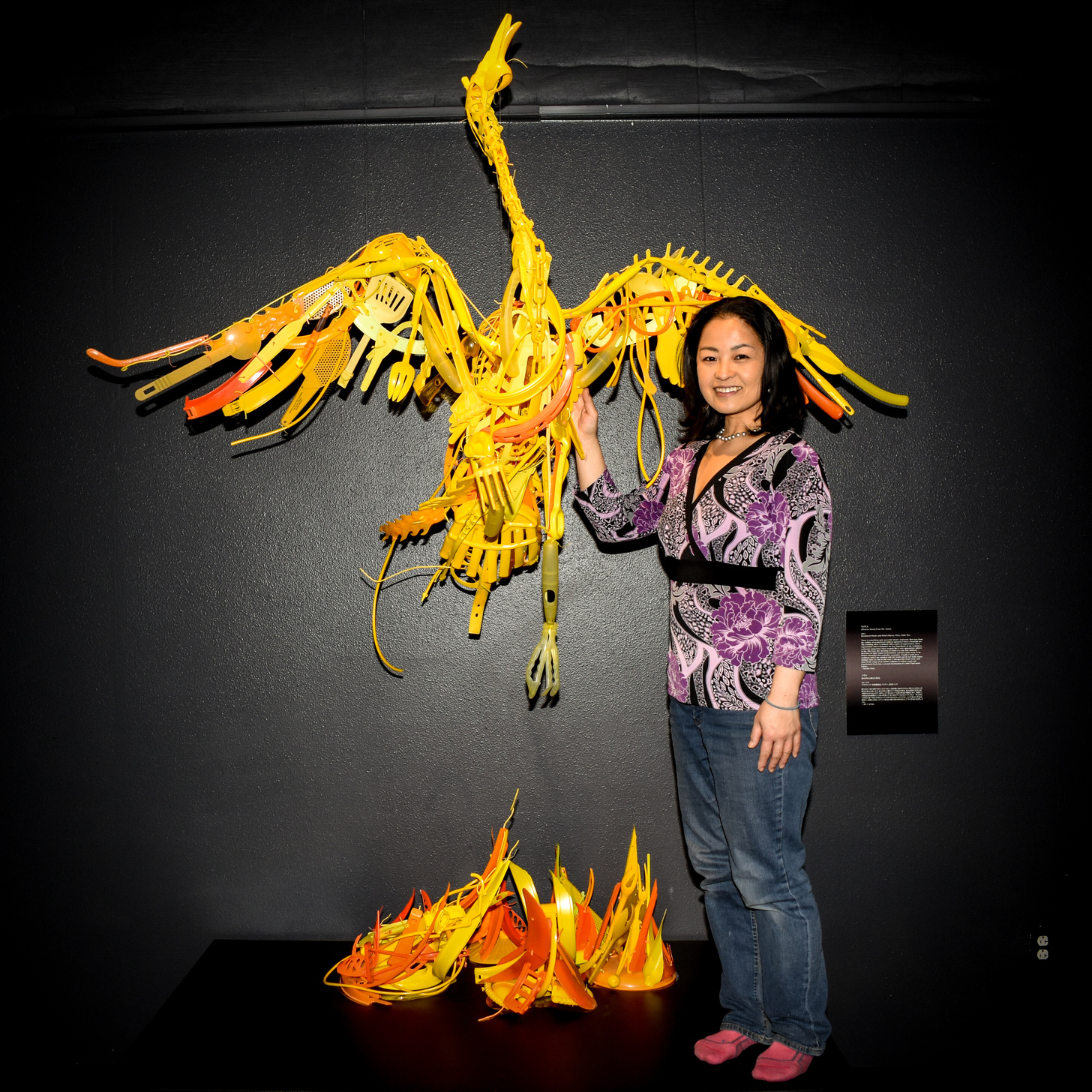Reclaimed Creations
By Sayaka GanzOn exhibit through May 17New Mexico Museum of Natural History & Science1801 Mountain Rd. NWArts Interview: Sayaka Ganz
Sayaka Ganz’s Reclaimed Creations


“Emergence” by Sayaka Ganz.
courtesy of the artist

Clarke Condé








